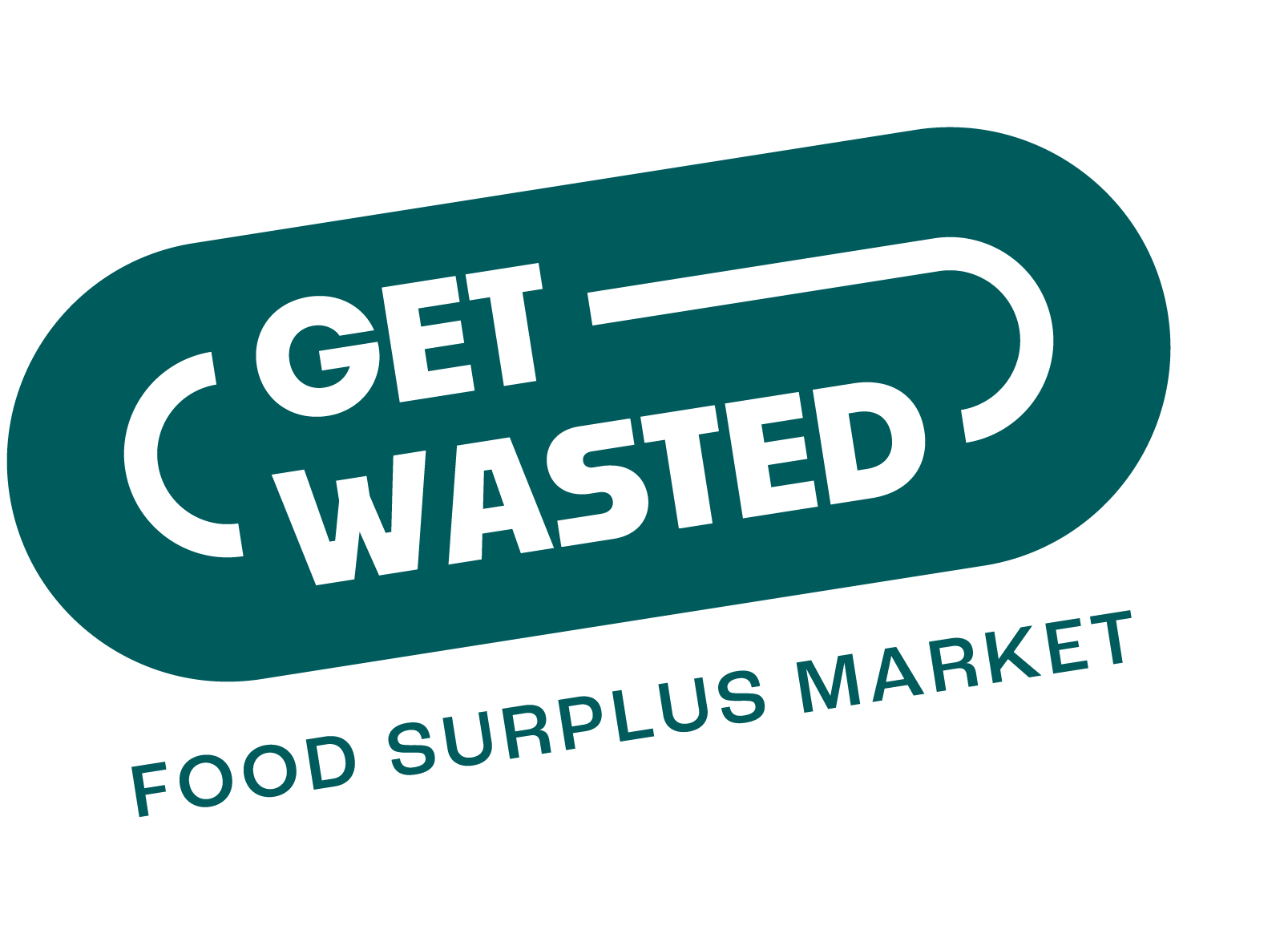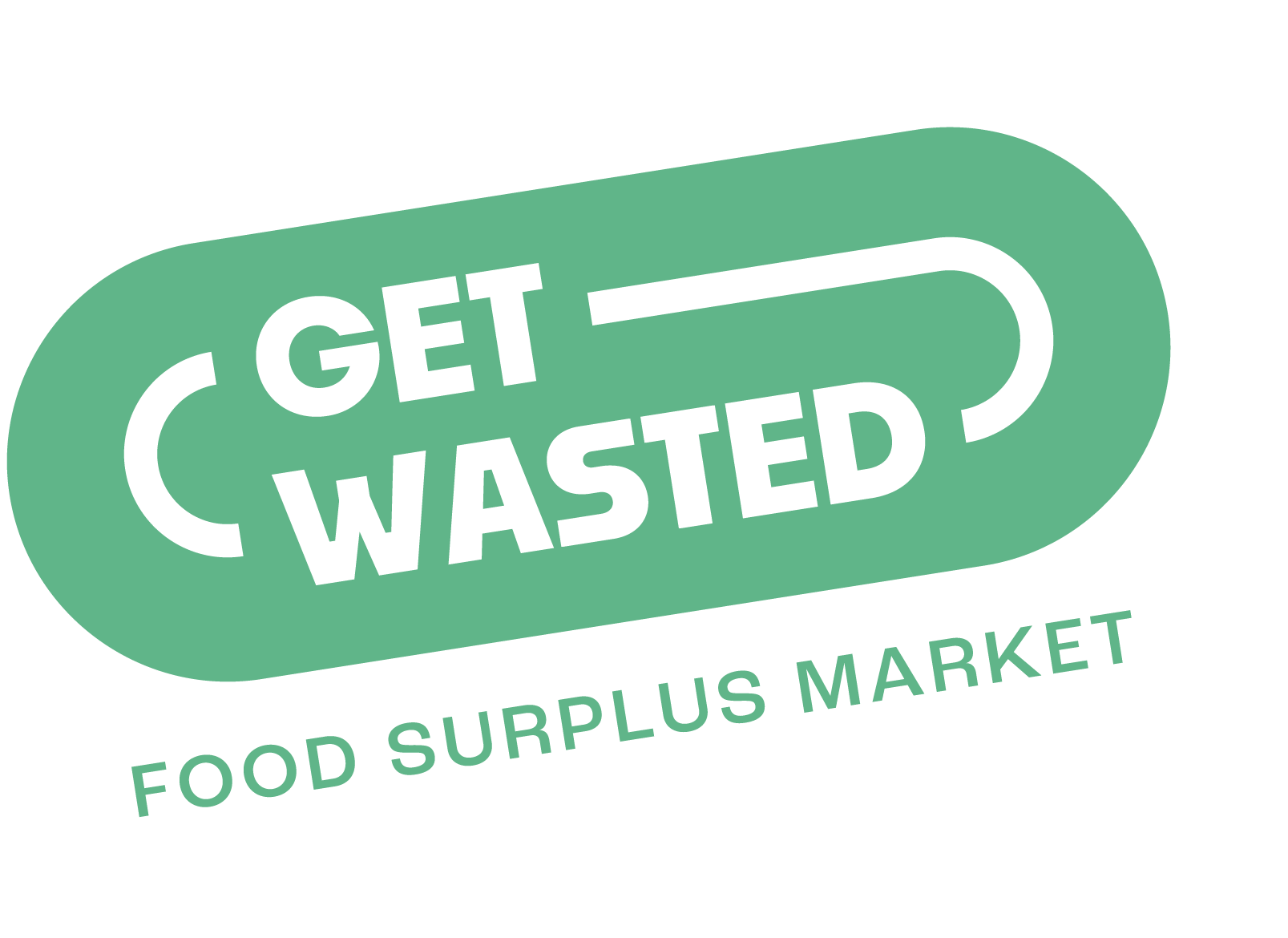blogpost
Creating an innovative market platform (1/2):opportunities and challenges
One of the substantial challenges in making our food system more sustainable is tackling food loss and food waste. Get Wasted offers solutions through its innovative market platform by giving food surpluses, residual flows and waste streams a market value. As the platform gains more and more traction, an abundance of opportunities and future applications arise, as do the inevitable challenges sparking resolutions. The first part of this two-part series looks at value assessment and pricing, and supply and demand. Read the second part, Let’s talk logistics, here.
23 maart 2023
share this article
From a circular perspective, the waste of one player is the raw material for another. Get Wasted’s goal is to upcycle food surpluses and side streams so they generate revenue for producers, rather than costing it. The platform is a way for farmers and wholesalers o.a. to keep their food products looped into the food chain. It offers a viable alternative to turning perfectly edible food products into biofuel.
“Wholesalers are still figuring out the cost versus benefit and efficiency ratio of this new model.” — Frank De Meulder, Managing Director of Growzer, the hospitality CRM platform Get Wasted is built on and its IT-partner.

Value assessment and pricing
Assessing the market value for food surpluses is no small feat for food producers. Moreover, they don’t always know that they can sell their waste streams. Get Wasted faces the need to raise awareness and explain the potential of connecting leftover foods and waste streams with new buyers. It requires a change in perspective to see all streams as primary resources. This not only increases revenue, but also makes re-use easier as waste streams are treated in a clean and safe way following official regulations. To be able to use food surpluses or waste streams, companies might have to make some investments in order to keep leftovers fresh and cooled until they are sold. That’s a very different approach from collecting waste in bags and paying for processing it into biofuel. But it’s an investment that will pay itself back when waste streams keep their value through preservation.

(Un)expected volume supply
Get Wasted offers industrial kitchens as well as social economy actors – such as schools, hospitals, and care homes – the opportunity to buy food surpluses at favourable rates. While it can offer a boost to get creative with whatever food surpluses are available in the moment, one of the main concerns of buyers on the platform is the possibility of substantial fluctuations in supply. To meet this challenge, Get Wasted is continuously upgrading the platform's features, aligned with feedback from the platform’s users. Users, for example, will be able to indicate what kind of surpluses they are looking for or offering. Once these are offered on the platform, they will be notified. In the exploratory and fact-finding phase of Get Wasted, connecting supply and demand was key to the pilot project in Antwerp. Through tailored matchmaking, food surpluses were processed into soups and then offered to over 420 pupils in Antwerp schools. Read all about the Get Wasted pilot and partners here. The pilot project proved that the road ahead is clear: to bolster a vibrant and dynamic Get Wasted, that easily processes and pushes static and ad hoc volumes, scaling up is the way to go. That’s where Circular Flanders comes in; their support is invaluable! Curious to read more about the grant Get Wasted receives? Keep an eye on our blog. The perception of market value and coordination of volumes are unfortunately not the only complications of setting up a circular platform. The main difficulty is, in fact, organizing logistics. Read all about how Get Wasted is tackling this challenge in the second part of this two-part series, Let’s talk logistics, here.
latest news
Will you help save 300,000 pounds of rejected (organic) celeriac?
Farmer Ted and his wife Nicole are left with an abundance of organic celeriac that does not meet the consumer beauty ideal. Time for a rescue operation!
A sustainable success story: more than 16 tons of leek saved!
Last month we matched leek producer Groentenhof to Hanssens Catering, so leek surpluses can be turned into soup. Read more.
Together with Europe against food waste!
Mid-March the European Parliament gave the green light to tougher targets to reduce food waste. Curious to find out what exactly does the proposal entails?
Creating an innovative market platform (2/2): Let’s talk logistics
The second part of this two-part series dives into all things logistics.
The Get Wasted pilot: turning surplus veggies into soups for schools
In Antwerp, Get Wasted acts as a matchmaker between wholesalers and schools to save surplus produce.

